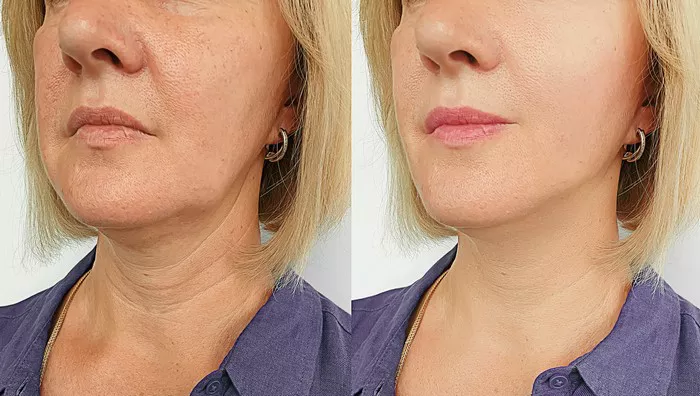A full facelift, also known as a rhytidectomy, is a surgical procedure aimed at rejuvenating the face and addressing signs of aging. It can provide individuals with a more youthful appearance by tightening facial muscles, removing excess skin, and reducing the appearance of wrinkles and sagging. While the benefits of a full facelift are appealing, it is important to understand the factors that influence the cost of the procedure. In this article, we will explore the various factors that contribute to the cost of a full facelift and provide a comprehensive understanding of the financial considerations involved.
1. Surgeon’s Fee
The surgeon’s fee is a significant component of the overall cost of a full facelift. The fee covers the expertise, skill, and experience of the plastic surgeon performing the procedure. Surgeon’s fees can vary depending on the surgeon’s reputation, qualifications, location, and demand. It is essential to choose a board-certified plastic surgeon with a proven track record of successful facelift surgeries, even if their fees may be higher.
2. Anesthesia and Operating Room Fees
During a full facelift, the procedure is performed under general anesthesia, ensuring that the patient is comfortable and pain-free. The cost of anesthesia is typically determined by the length and complexity of the surgery. Additionally, the use of an accredited operating room or surgical facility adds to the overall cost. These fees cover the overhead costs associated with maintaining a safe and sterile environment during the procedure.
3. Pre- and Postoperative Care
The cost of a full facelift includes pre- and postoperative care, which is essential for ensuring optimal results and a smooth recovery. This care may include consultations, medical examinations, laboratory tests, medications, and follow-up appointments. These services are designed to assess the patient’s candidacy for the procedure, monitor their progress, and address any concerns or complications that may arise.
4. Geographic Location
The cost of a full facelift can vary depending on the geographic location where the surgery is performed. Major metropolitan areas or regions with a higher cost of living tend to have higher surgical fees compared to smaller towns or rural areas. It is important to consider both the quality of care and the associated costs when choosing a location for your full facelift.
5. Additional Procedures
In some cases, a full facelift may be combined with other procedures to achieve the desired results. These additional procedures can include eyelid surgery (blepharoplasty), brow lift, neck lift, or fat transfer. Combining procedures can enhance the overall outcome but will also impact the cost of the full facelift. The complexity and duration of the surgery, as well as the surgeon’s expertise in performing multiple procedures, will affect the final cost.
6. Facility Fees and Overnight Stay
If the full facelift is performed in a hospital or surgical center, facility fees may apply. These fees cover the use of the facility, nursing staff, and any additional resources required during the procedure. Additionally, if an overnight stay is necessary for observation or postoperative care, it will incur additional costs.
7. Insurance Coverage
In general, a full facelift is considered an elective cosmetic procedure and is not covered by health insurance. Insurance typically does not cover procedures that are performed solely for aesthetic purposes. However, if a facelift is deemed medically necessary to correct functional impairments or address specific health conditions, insurance coverage may apply. It is important to consult with your insurance provider to understand their policies and coverage criteria.
Conclusion
The cost of a full facelift can vary depending on several factors, including the surgeon’s fee, anesthesia and operating room fees, pre- and postoperative care, geographic location, additional procedures, facility fees, and insurance coverage. It is important to consult with a board-certified plastic surgeon to discuss your aesthetic goals, assess your candidacy for the procedure, and obtain an accurate cost estimate. Remember, while cost is an important consideration, the expertise and reputation of the surgeon should be the primary focus to ensure a safe and successful outcome. Investing in a skilled surgeon and comprehensive care will provide the best chances of achieving the desired results and overall satisfaction with your full facelift.


